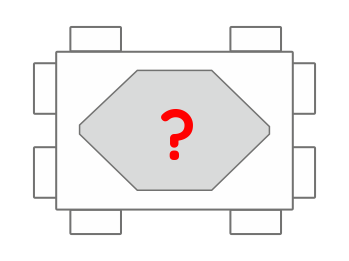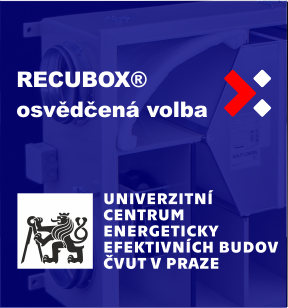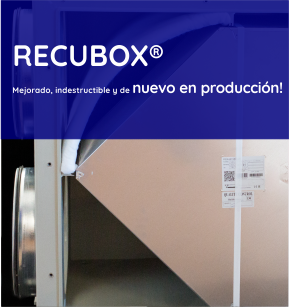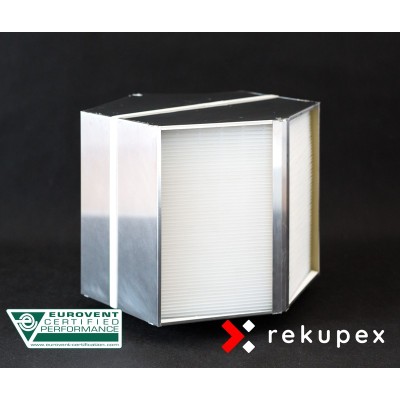Recuperador de calor para Vaillant recoVAIR VAR 260/4, 360/4, recoCOMPACT VWL 39/5, 59/5, 79/5
Intercambiador de recambio para unidades Vaillant recoVAIR VAR 260/4, 360/4, recoCOMPACT VWL 39/5, 59/5, 79/5
RX, RX-P y RSX-P son modernos intercambiadores de contraflujo con aletas hechas de aluminio y plástico duraderos. El intercambiador de contraflujo es el sucesor del intercambiador de flujo cruzado menos eficiente. El intercambiador de contraflujo no transmite humedad ni olores. Su eficiencia supera el 95%. Es gracias a estas propiedades, junto con la estanqueidad probada de cada pieza fabricada, que encuentra su uso tanto en recuperadores de calor de casas pasivas como en aplicaciones industriales.
- Eficiencia hasta más del 95%
- Pérdidas de presión más bajas en comparación con productos similares del mercado.
- Cada intercambiador probado para una estanqueidad del 100 %
- Nueva geometría de lamas
- Ideal para unidades residenciales.
- Láminas soldadas por ultrasonidos HPS
- Fácil manejo gracias a las correas de manipulación.
- Parámetros que garantizan un valor de cálculo SEC alto
- Ideal para unidades residenciales.
- Certificación Eurovent, QMS, OHMS, EMS
![]()
![]()
![]()
![]()
Este intercambiador es dimensionalmente idéntico a los recuperadores de los recuperadores de calor Vaillant recoVAIR VAR 260/4, 360/4, recoCOMPACT VWL 39/5, 59/5, 79/5 . Sin embargo, este no es un repuesto original suministrado e instalado por el fabricante de la unidad, por lo que su uso queda a criterio del usuario de RJ.
 |
|
 |
|
Ficha técnica
- Duración de la garantía
- 36 meses
- Certificación EUROVENT:
- SÍ
- Material de las lamas:
- HPS (plástico higiénico)
- Material del revestimiento:
- Aluminio
- Temperatura de funcionamiento [°C]
- De -20 a +60
- Fabricante de la unidad
- Vaillant
- País natal
- UE
RECUTECH are equipped with the latest enthalpic membrane METALPIC. They excel in top-class heat and humidity recovery, high resistance to pressure differences, and long service life. They are among the most advanced enthalpic heat exchangers currently available on the market.
ZERN are fully plastic enthalpic heat exchangers, very efficient, with slightly better moisture transfer, but with higher pressure loss.
No, never block the condensate drain.
Even though enthalpic heat exchangers produce only a minimal amount of condensate due to moisture transfer, in severe frost and specific humidity conditions, condensate can still occur. Blocking the drain could cause irreversible damage to your unit.
Since an enthalpic heat exchanger also transfers humidity, it might seem that the risk of mold is higher. In reality, however, all moisture is carried away with the fresh air, so there is no risk of mold growth.
Our recommendation is to never switch off the unit during the winter months, so that moisture is continuously removed. If you still need to shut down the unit, remove the exchanger, rinse it with clean water, dry it thoroughly, and only then reinstall it
Yes, installation is simple. Just follow the instructions provided with your unit. As with a standard exchanger, it needs to be removed occasionally for cleaning – the process is the same, except that you put the enthalpic exchanger back in instead.
No, caring for an enthalpic heat exchanger is no more demanding than for a standard one. Maintenance is described in the user manual and in our video guide. In short: first vacuum the exchanger with a soft brush attachment, then rinse it with clean water (max. 50 °C). Never use compressed air or a pressure washer.
After rinsing, allow all water to drain completely. Remaining moisture can be carefully blown out with a regular hairdryer, but always use cold air only. Once the exchanger is completely dry, place it back into the unit in the same orientation as before removal.
We do not recommend using chemicals for cleaning. Only if disinfection is absolutely necessary may a weak solution of peracetic acid be used, followed by very thorough rinsing with clean water.





